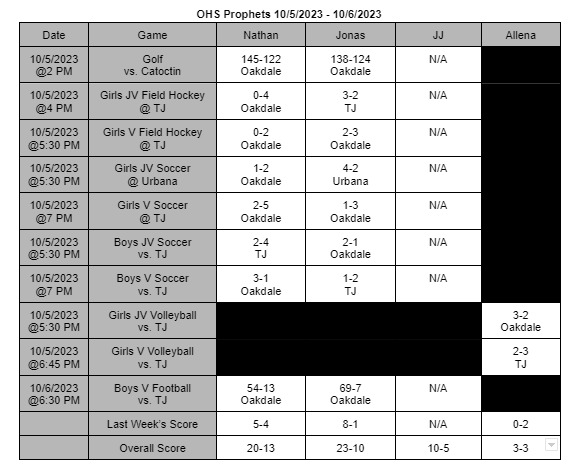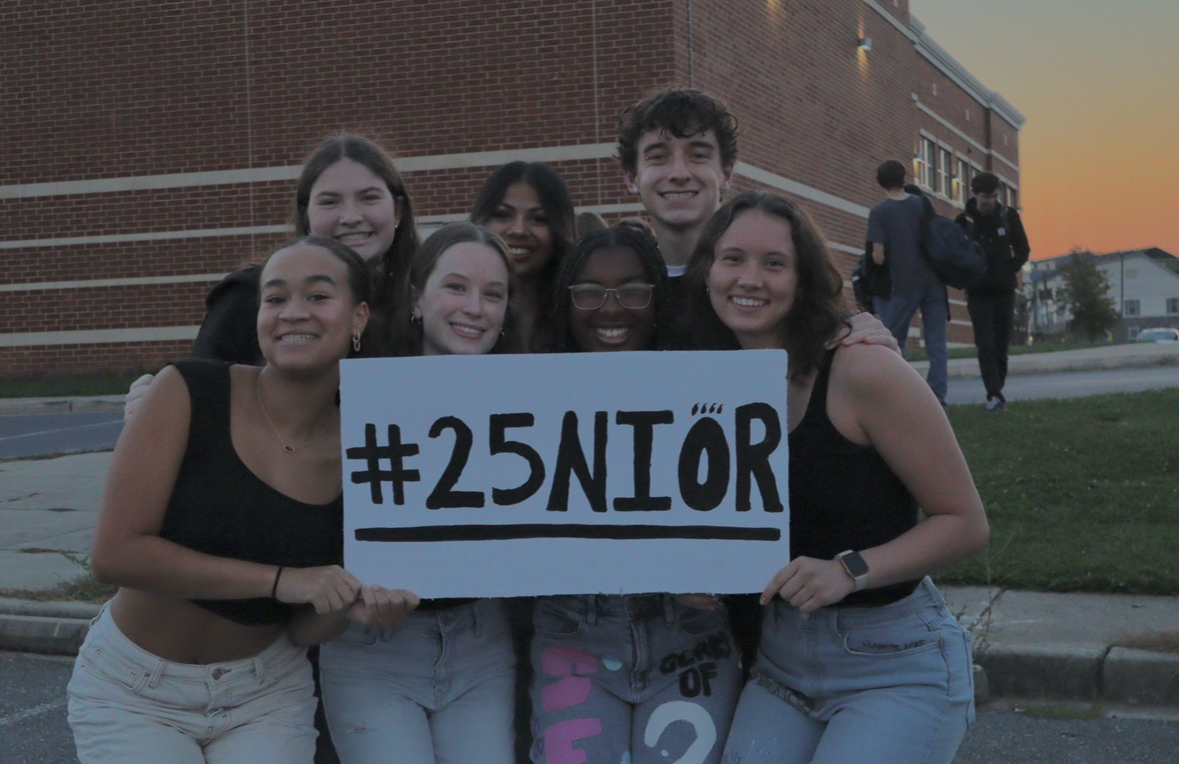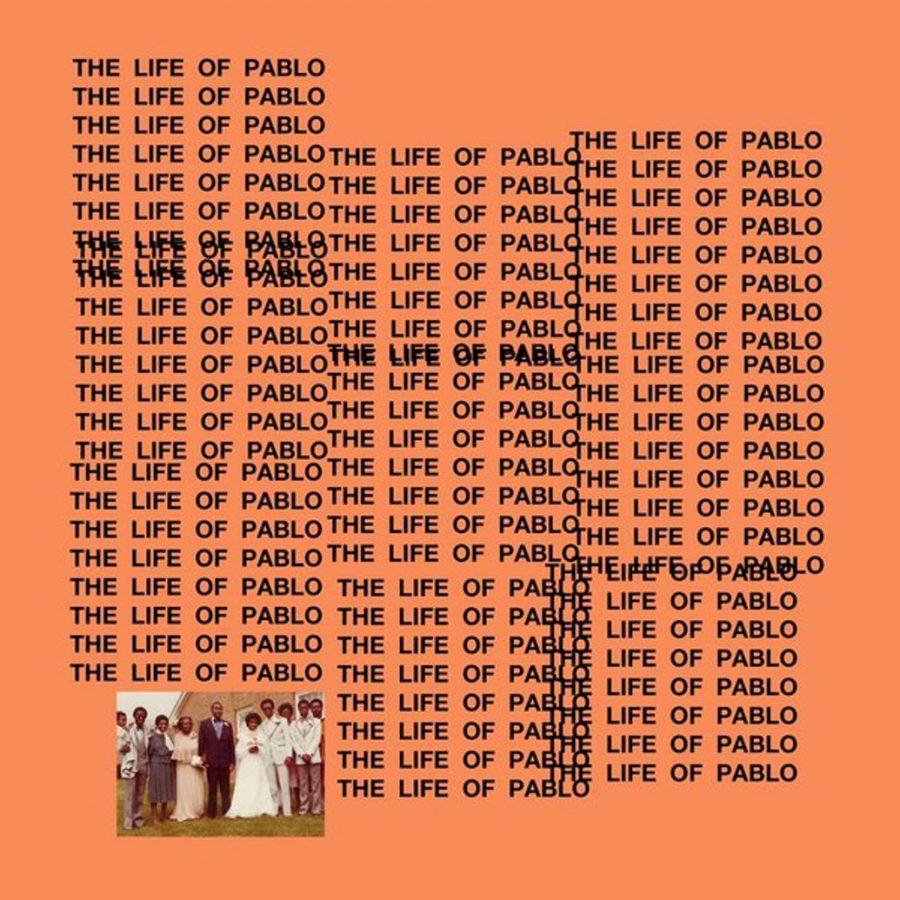Dakota Access Pipeline
September 18, 2018
The Dakota Access Pipeline is a oil pipeline that runs through North Dakota, South Dakota, Iowa and Illinois.
It will be the most technologically advanced pipeline in the world. President Donald Trump commissioned the pipeline’s construction on June 1st, 2017 but construction started in 2016. The cost of the pipeline was 3.9 billion dollars.
The controversy surrounding the pipeline was the fact that if it burst, then the oil would spill into the river stream that was a water supply for the Standing Rock Sioux,a Native American tribe reservation.
The United States of America’s Marine Corps asked the tribes in the Standing Rock Sioux about where their sacred land is, such as graveyards, parks, and religious sites. The pipeline does not cross through any of the Standing Rock Sioux reservation land, but if it were to burst, then the water supply would be contaminated and could make some if not all the very sick.
In all, there were 1,000 certificates, permits and approvals to approve the construction of the pipeline. With the pipeline the company is able to move natural resources to market economic growth, keeps prices lower for refined products like gasoline and enhances public safety.
The pipeline just recently celebrated its first anniversary since its start. It has stayed safe for as long as its been running until a couple of days ago when it burst on September 10 and did affect the environment in Iowa. The pipeline sent around 500 barrels of bakken oil to a plant in Patoka, Illinois.
Climate activists were advising the government to not go with the pipeline since it would emit carbon emissions and would add on to the pollution crisis. The tribes that live in the Standing Rock Sioux were not involved in any of the surveys the construction company looked at before they went with the pipeline.
When Ms. Susan Carman, a Social Studies teacher, was asked how she felt regarding the pipeline: “I feel mixed about it. It (the pipeline) gives Americans jobs but also has a huge toll on the environment.”
She further elaborated, “I feel the idea of the pipeline was to bring in jobs for unemployed Americans. I just hate to see the all the environmental costs it takes on the states it runs through and how it affects all the people that live on top of it or near it.” Carman came to the conclusion that the pipeline was not a good nor a bad thing, but that it has its pros and it’s cons.




























